| The Osprey |
|
One of the recent British success storeys is the number of Ospreys visiting each summer from Africa to nest and raise their young. Over the years the numbers declined until they were absent from a large area of their former range, but over recent years numbers have increased across Scotland but also across England and Wales. Ospreys became extinct in Britain in 1916 and recolonised naturally in 1954 (although they may have returned to some of the remote Scottish areas during the 1930s). They were extinct in England by 1840 which was due to hunting and egg collecting and after this abscence in England of over 150 years they returned to Rutland Water a large man made reservoir almost 20 years ago. Male Ospreys have a wingspan of around 150cm and weight around 1.4kg, Females are slightly larger and are have a wingspan which is about 20cm longer and weigh about 200g more. Osprey has never been threatened on a global scale as the population in North America (huge numbers in Florida) and in Scandinavia and Russia has always been high enough to ensure the species was not listed as of concern. Indeed the world population of around 500,000 is thought to be increasing in many areas including North America. The British population is between 250 and 300 breeding pairs. |
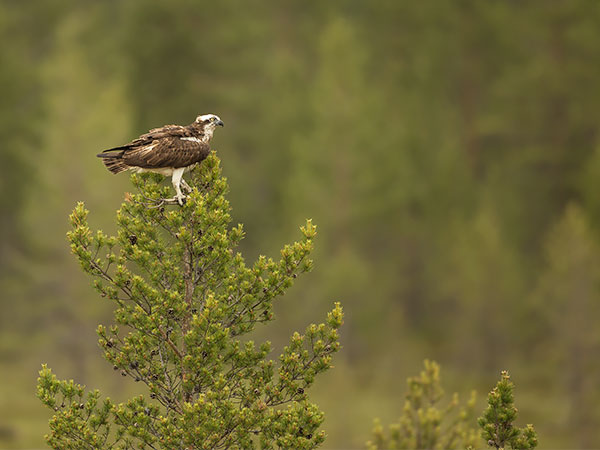 |
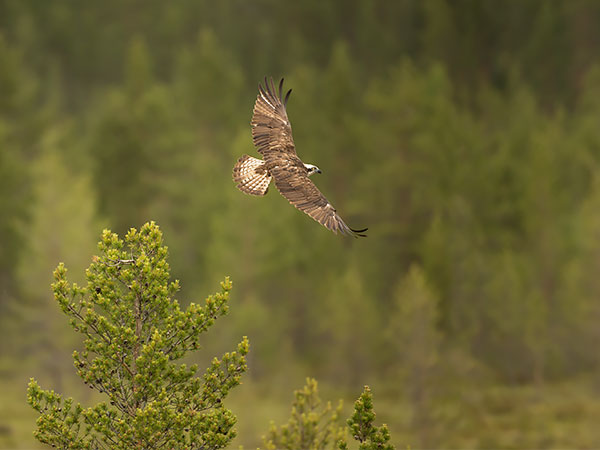 |
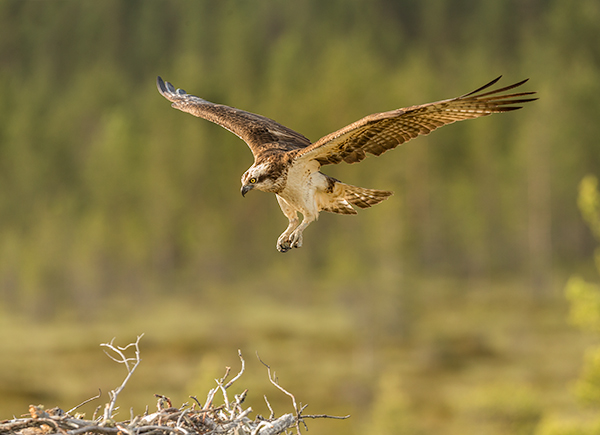 |
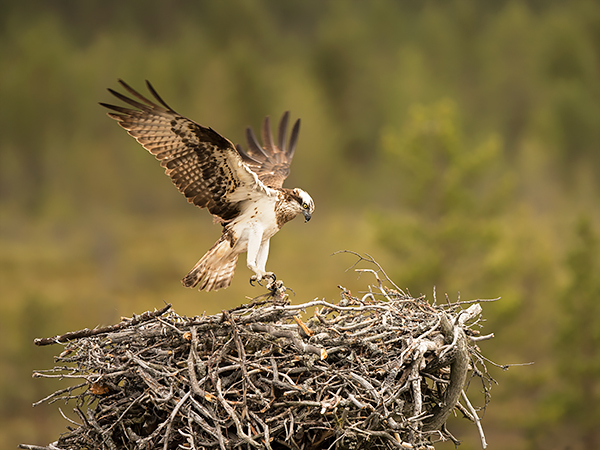 |
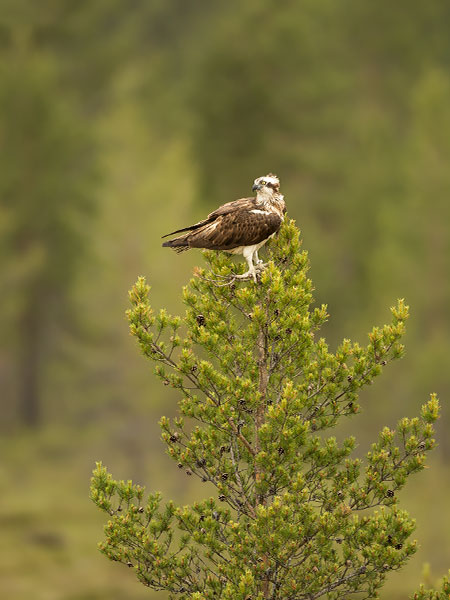 |
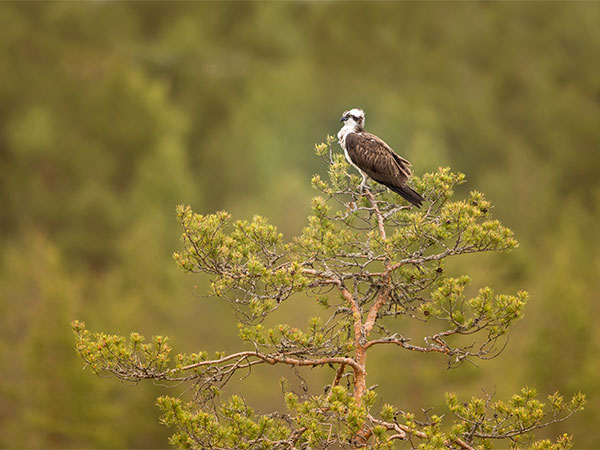 |
|
I am lucky enough to have a few Breading Ospreys quite close to my Leicestershire home, as Rutland Water and a few other local Ospreys are less than an hours drive away. these Rutland Ospreys are now well known and visited by many people each year, they are also featured on quite a few web pages including: Rutland Osprey Project Online There are many Osprey locations in Scotland, the most famous are probably those that can be seen fishing from the Rothiemurchus fish farm. Another very famous site for Osprey is Loch of Lowes. Over the years, I have photographed Ospreys at Rothiemurchus as well as a few other less well known locations across Scotland. But the majority of images on this page were taken in Finland. |
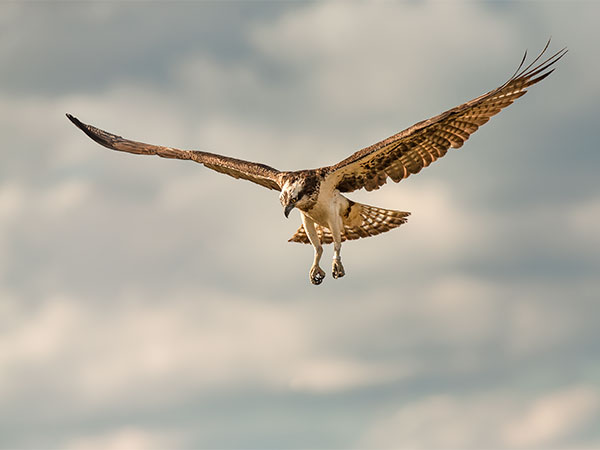 |
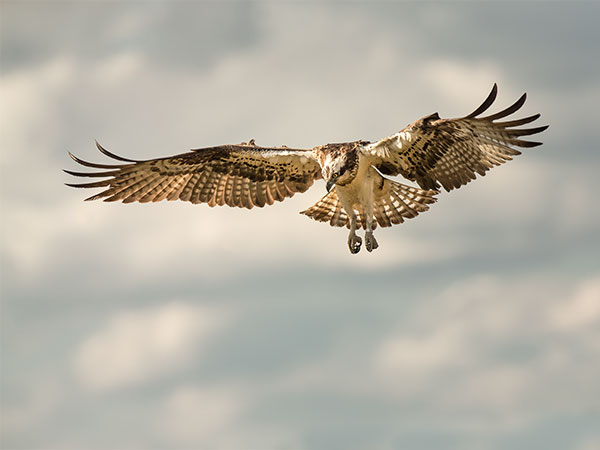 |
